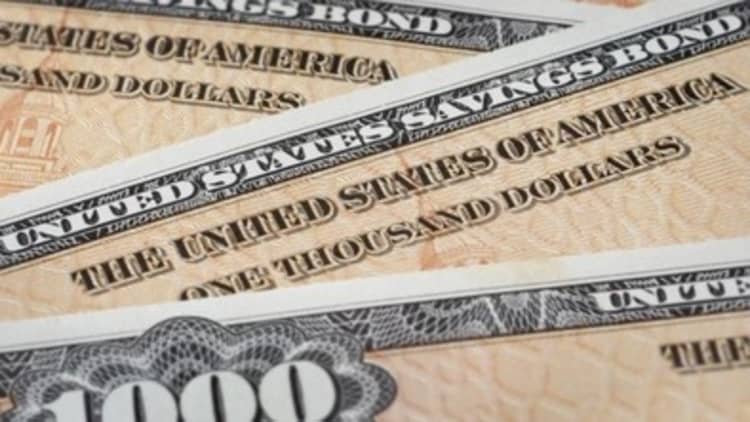
This rate-hiking cycle may not be like the others.
Yields across the Treasury curve dropped on the Federal Reserve's Wednesday statement, apparently because it convinced investors that no rate rise is coming soon.
Still, by removing the word "patient," the central bank did indicate that it will now be open to raising rates in as few as two meetings, and Fed Chair Janet Yellen said in the post-statement news conference that "we can't rule [a June hike] out."
So how are bond traders to play the coming rise in short-term rates?
George Goncalves, head of U.S. rates strategy at Nomura, says they may have to throw out the old playbook.
"It used to be easier to trade a hiking cycle (get short front end and in flatteners/keep the trade on through thick & thin) but that just won't work given the backdrop of competitive devaluation," Goncalves wrote in a Thursday morning note to clients.
That is to say, the next few years will not be a carbon copy of 2004 to 2006, when the Fed raised its federal funds rate target by 0.25 percent at every meeting.
That rise in short-term rates led to a very predictable trend in which two-year yields surged more than 150 percent over those two years, while 30-year yields actually ticked a bit lower. Anyone who put on a yield curve flattener trade, whereby they shorted short-term notes and went long long-term bonds (thus playing for a flattening of the yield curve) did very well.
Read More Central bank anxiety creates major macro volatility
But bond strategists believe that a set it and forget it trade won't work again this time around.
First of all, the Fed is taking care to be more responsive to incoming economic data, and actually to be less predictable.
As RBC's head of U.S. rates strategy, Michael Cloherty, put it recently: "Generals always fight the last war. And the Fed knows that when they raised rates as systematically as they did, you ended up with mortgage rates that were too low, a curve that was too flat and then an exaggerated housing bubble. This is why the Fed's so concerned about bubbles now. So they're going to fight really hard to avoid that."
Read More The yield trade could be back on
Goncalves recommends more nuanced plays, such as trading ranges and using options strategies.
"Overall market participants need to stop looking for only one-way bets," he wrote, adding, "especially if it's biased only towards lottery tickets to higher rates."
That is, with the Fed watching the economy exceedingly closely and keeping traders on edge, outright calls on where short-term rates are headed are a highly risky way to play the coming rate hikes.






